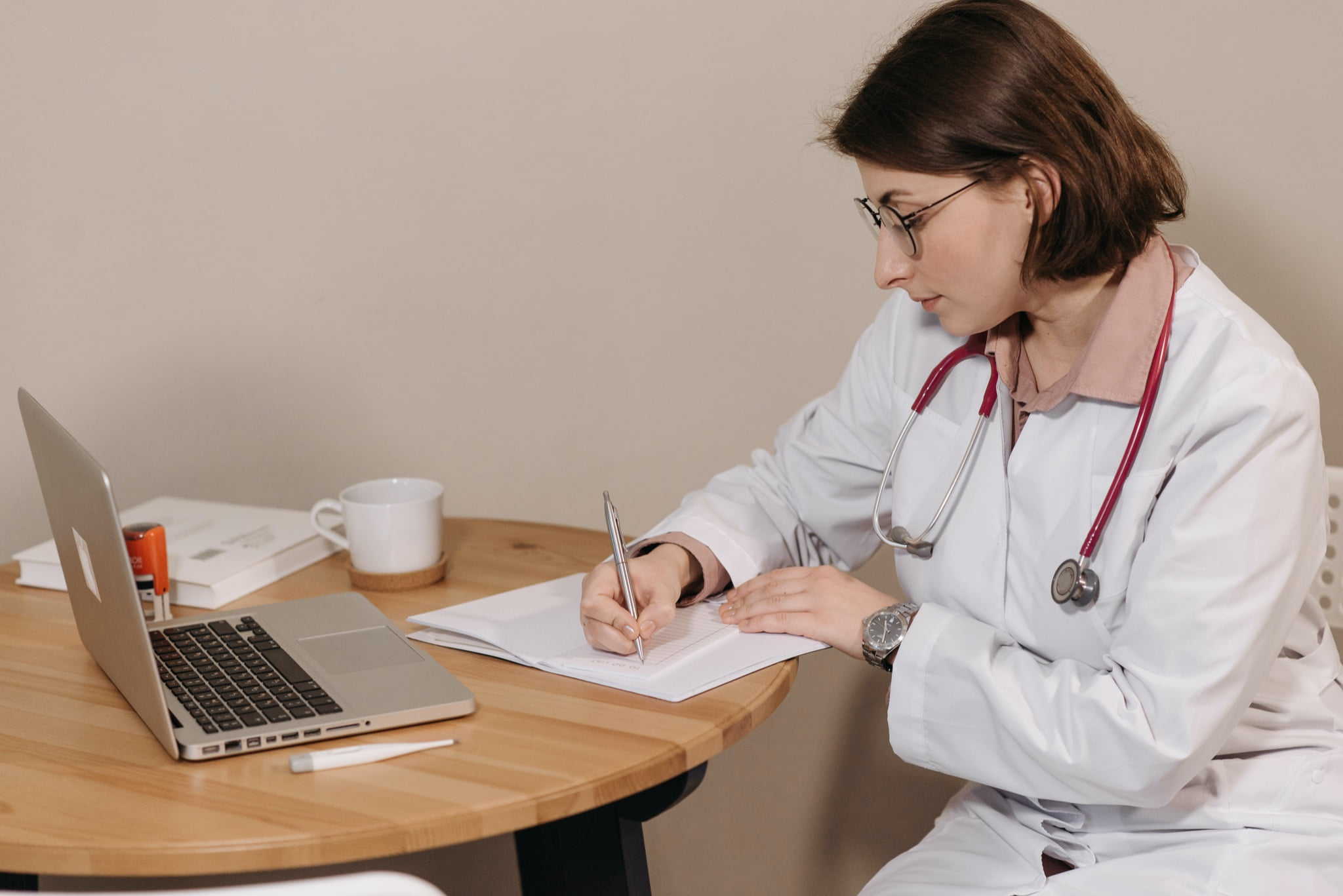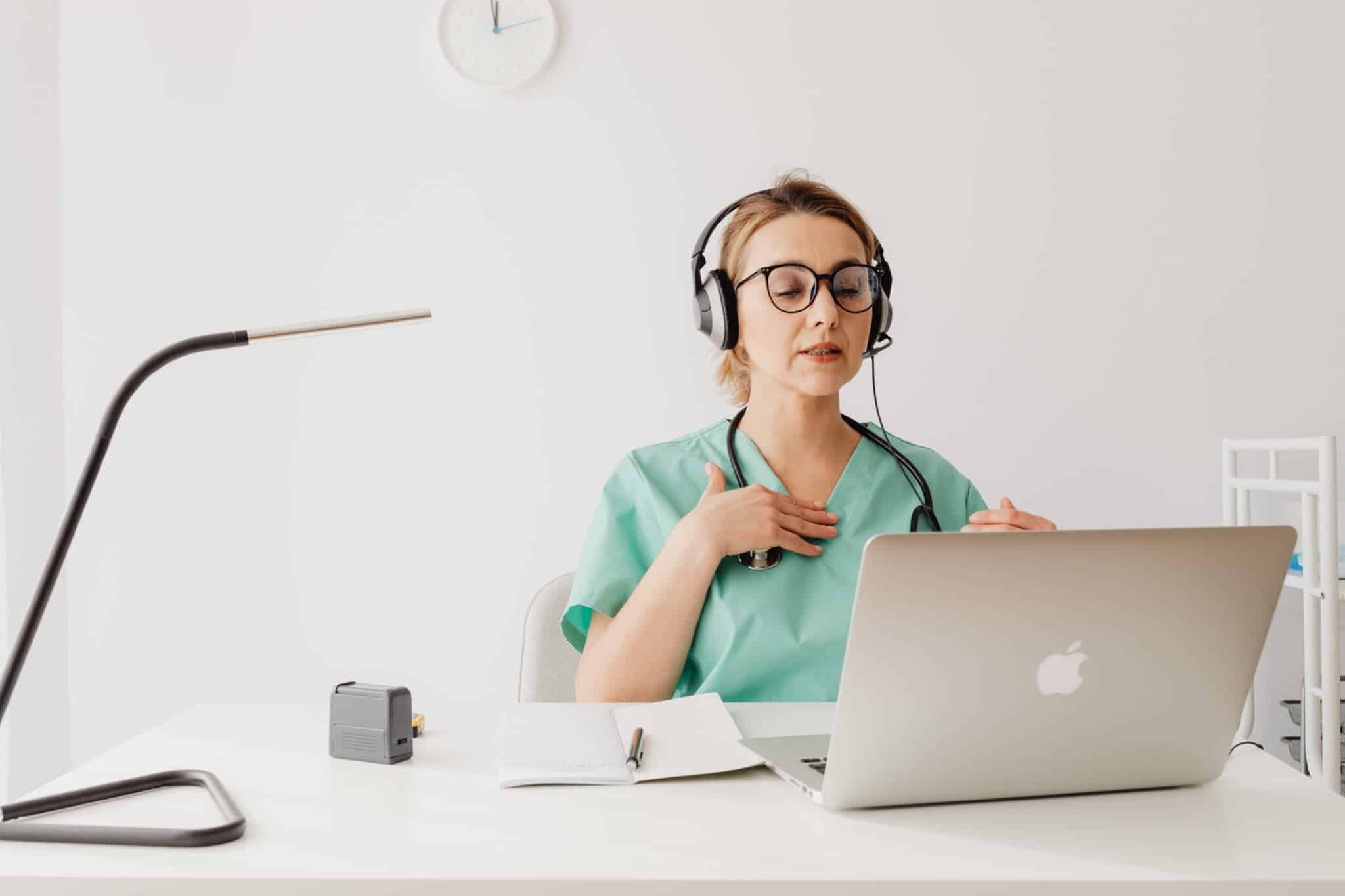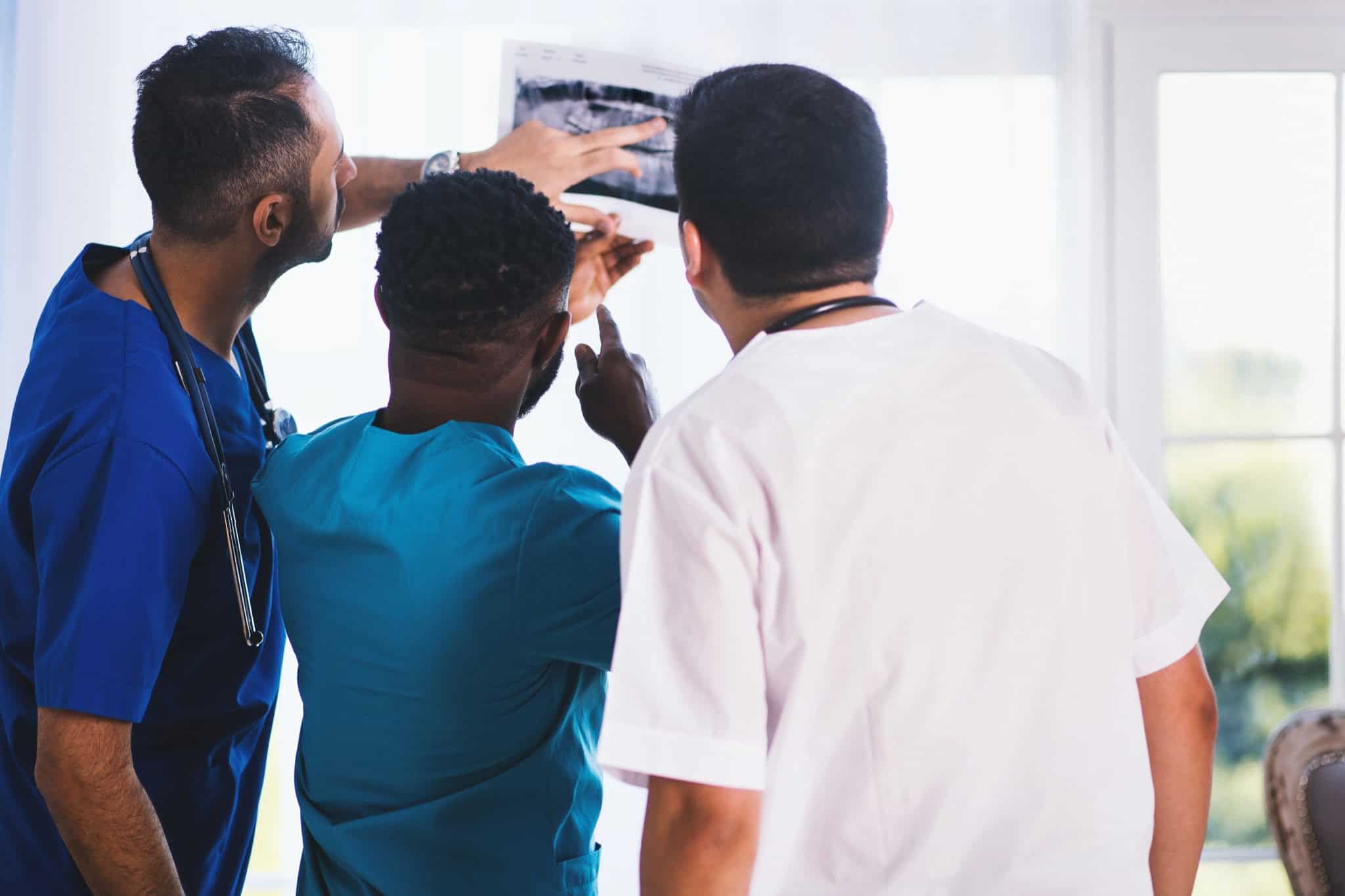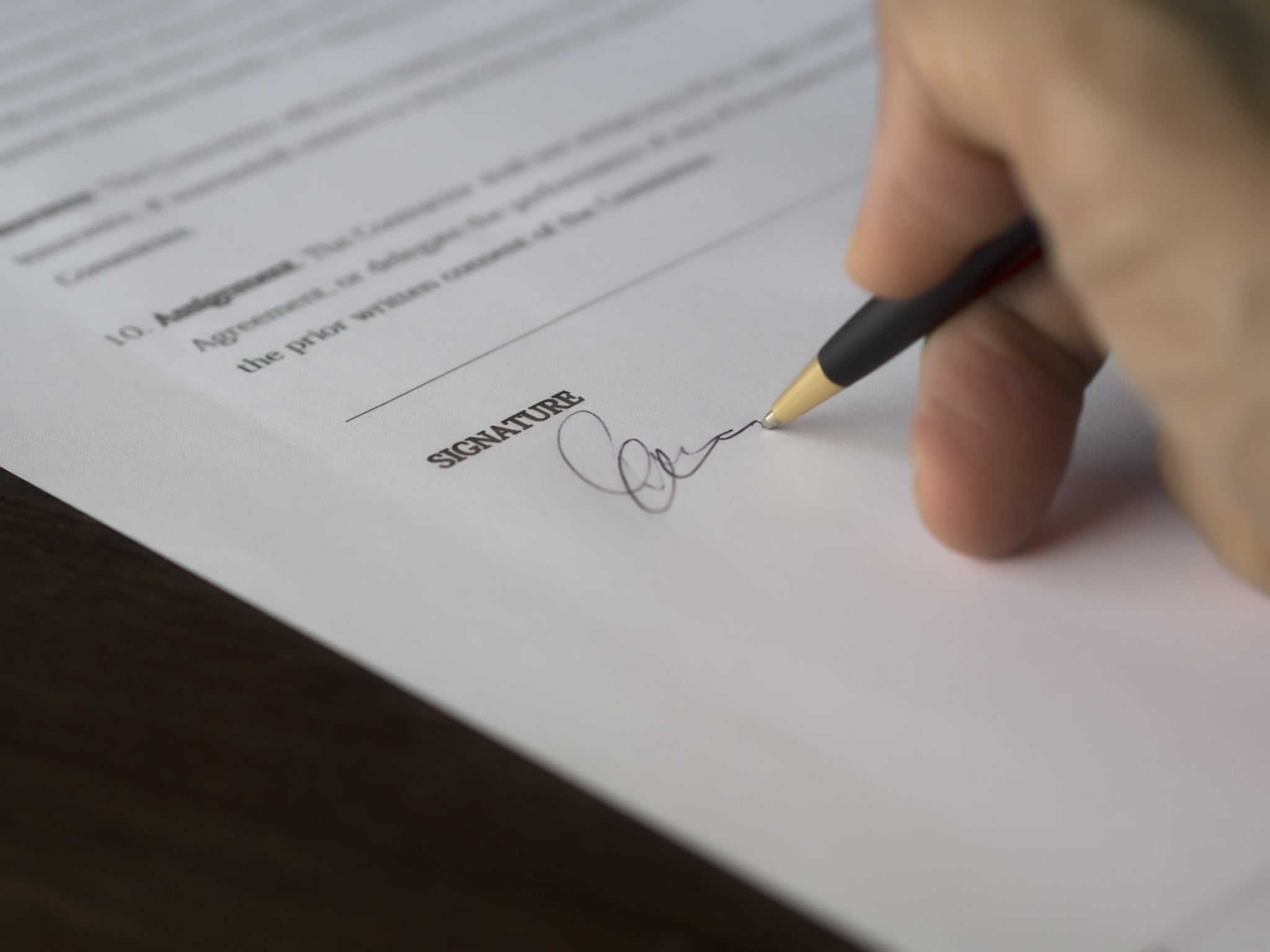If you’re in healthcare, social media has all sorts of potential uses. Consider, for instance, a hospital using Twitter to share timely updates about flu vaccinations during flu season or a mental health clinic hosting live Q&A sessions on Facebook to address common mental health concerns.
Social media can also assist doctors in sharing patient success stories (with patient consent) to inspire and inform the community.
Healthcare organizations often hop on LinkedIn to scout for talented medical professionals. And when major crises like the COVID-19 pandemic hit, social media platforms become lifelines for swiftly spreading real-time updates and crucial safety guidelines.
Just remember, while social media is fantastic, patient privacy and following rules like HIPAA are non-negotiable when dealing with healthcare online.
It might sound like a tricky balancing act – staying active on social media and staying compliant – but fear not! Get ready for some practical tips to keep your HIPAA compliance on point while using social media in healthcare.
What is HIPAA?
The acronym HIPAA represents the Health Insurance Portability and Accountability Act, which has been a federal law in effect within the United States since 1996. Its main objective revolves around ensuring the confidentiality and security of individuals’ personal health data.
However, HIPAA goes beyond that—it also simplifies the process of transitioning between health insurance plans, particularly when changing jobs or experiencing different employment situations.
So How Does HIPAA Relate to Social Media?
Patient Privacy
When healthcare providers or organizations post anything on social media, they must be extremely cautious not to disclose any patient-specific information, like names, medical records, or even identifiable photographs, without explicit patient consent. Even seemingly harmless posts or comments can inadvertently breach patient privacy.

Free to use image from Pexels
Consent and Authorization
To share any patient information on social media, healthcare professionals need the informed and written consent of the patient. This includes any patient stories, testimonials, or images. Before using such content, professionals should have a clear authorization process in place.
Secure Communication
Social media platforms are not secure channels for discussing patients’ medical conditions or sharing sensitive medical data. Healthcare providers should avoid engaging in discussions about specific patient cases on public platforms and instead use secure and HIPAA-compliant communication tools, such as virtual PBX services, or a medspa patient engagement tool for patient interactions.
De-identification
If healthcare professionals wish to share general medical information or cases without revealing patient identities, they must carefully de-identify the data. This means removing all identifying factors to ensure that patients cannot be traced back to the information shared.
So, in a nutshell, HIPAA and social media cross paths when it comes to safeguarding patient privacy and keeping medical info secure on the internet.
Suppose you’re in healthcare, whether as a professional or part of an organization, you’ve got to tread carefully on social media. It’s really about having the right rules, training, and checks in place to ensure you’re in line with the HIPAA rulebook.
Twelve Tips to Keep Things HIPAA-compliant
1. Understand the HIPAA Basics
Before getting started with social media, you’ll want to make sure you’ve got a pretty good grasp of the HIPAA rules.
Take the time to acquaint yourself with the Privacy Rule, Security Rule, and Breach Notification Rule. This way, you can ensure you’re well-versed in the dos and don’ts concerning patient data.
2. Educate Your Team
HIPAA compliance is a team effort. Be sure that everyone on your team, including admin staff and support personnel, is in the loop about how to safeguard patient data on social media. AR for medical training can be a valuable tool in educating healthcare professionals about HIPAA compliance and best practices for maintaining patient privacy on social media platforms.

Free to use image from Pexels
3. Develop a Social Media Policy
Put together a solid social media policy that spells out what’s okay and not okay for healthcare professionals using social media. Think of this policy as your go-to guide for social media. It’s all about keeping patient info safe, understanding what to share and what not to, and knowing the consequences if someone doesn’t follow the rules in this policy.
4. Implement Secure Communication Channels
When you’re discussing patient cases or anything healthcare-related, play it safe with your communication. Skip the public posts and comments for sharing anything sensitive and go for encrypted messaging apps or secure email services to make sure everything stays confidential.
Consider a fictional healthcare professional, Dr. Smith, who receives a direct message on his professional social media account from a patient seeking advice about a recent medical issue. Recognizing the need to ensure patient privacy, Dr. Smith makes sure to follow all the HIPAA rules while giving remote support.
Instead of replying to the patient’s message with medical advice on the public thread, which could potentially expose sensitive health information, Dr. Smith takes the conversation to a secure communication platform. He sends the patient a message requesting that they communicate through an encrypted messaging app, like the one integrated into the healthcare organization’s PBX system, that is used for remote consultations.
Once the patient agrees and joins the secure communication platform, Dr. Smith initiates the conversation. The platform encrypts all messages and ensures that the conversation remains private between Dr. Smith and the patient.
The encrypted messaging platform not only protects sensitive information during transmission but also reflects Dr. Smith’s dedication to adhering to HIPAA regulations.

Free to use image from Pexels
5. Avoid Specific Patient Details
Never share patient-specific information like names, addresses, medical record numbers, or any other identifying data. Even details that might seem harmless can potentially breach patient privacy.
For example, imagine you are working as a nurse and encounter a social media post discussing a remarkable recovery at your hospital. Tempted to share the inspiring story, you remind yourself of the importance of safeguarding patient privacy.
Despite the urge to celebrate, you refrain from disclosing any patient-specific information, such as names, medical conditions, or dates of treatment. Instead, what you can do is put together a general post that gives a shout-out to the amazing work of healthcare professionals without revealing any information that could identify patients.
It’s all about being mindful and making sure patient privacy stays rock-solid. Plus, it’s a little nudge to remind everyone that even when we’re sharing positive stories on social media, we need to respect patient confidentiality.
6. Utilize General Case Studies
When discussing medical cases or experiences, share generalized and de-identified case studies. Concentrate on the medical condition, treatment methods, and results without disclosing any personal patient information.
For example, imagine a passionate healthcare educator who encounters a social media post asking for insights into a complex medical procedure. Wanting to contribute while respecting patient privacy, they decided to share a de-identified case study.
Without revealing any personal details, he outlines the medical condition, treatment options, and potential outcomes of a similar case.
By focusing on medical insights rather than patient specifics, he educates responsibly, showcasing the value of sharing knowledge while upholding patient confidentiality on social media.

Free to use image from Pexels
7. Separate Personal and Professional Accounts
For healthcare professionals subject to regulations like HIPAA, maintaining separate accounts can be a regulatory requirement.
Your professional social media account should be dedicated solely to healthcare-related content and interactions. This ensures that any discussions, posts, or interactions related to patient care are kept separate from your personal life. Patient privacy is a top priority in healthcare, and when you keep these accounts separate, you’re lowering the chances of letting slip any sensitive patient info by accident.
Separating your personal and professional accounts also prevents confusion among your followers and connections. Patients, colleagues, and acquaintances will know where to find healthcare-related information and updates without having to wade through personal posts about your vacation or weekend activities.
8. Monitor Comments and Messages
Regularly monitor comments and messages on your professional social media accounts. If someone tries to share personal health information or seeks medical advice publicly, respond promptly and guide them to more secure communication channels where you can offer support remotely, like encrypted email or patient portals.
It’s not just about keeping patient information on the down low; it’s also about maintaining your professional image. Plus, you’re ticking off the HIPAA compliance box and getting a chance to educate your online crowd about healthcare privacy.
9. Be Cautious with Media Sharing
Steer clear of sharing any images or videos that could unintentionally reveal patient details, and before you go posting any pics or videos related to patient cases, make sure you’ve got their written consent.
Let’s imagine a healthcare professional who recently stumbled upon a fascinating case showcasing a unique medical procedure. Eager to share the valuable knowledge, they take a cautious approach. Aware of patient privacy, they refrain from sharing any images or videos that could unintentionally reveal patient information.
Instead, they decided to create an educational presentation for a medical conference. Before including any visuals, they diligently obtain written consent from the patient involved. This step is all about making sure the patient knows what is happening and is comfortable with their case-related visuals being shared.
By prioritizing patient privacy and obtaining consent, they maintained ethical and legal standards in sharing medical content.

Free to use image from Pexels
10. Limit Access and Permissions
Restrict access to your professional social media accounts to authorized personnel only. This reduces the risk of accidental breaches due to unauthorized individuals accessing patient-related content.
For example, consider the snowflake schema example. In the pursuit of HIPAA compliance, a healthcare organization employs a schema to bolster data security and privacy. This involves centralizing patient data within a core repository (fact table), further organized into subdimensions like demographics, medical history, and insurance information.
Controlled access is implemented, limiting different roles to specific subdimensions to prevent unauthorized data exposure. Subdimensions are encrypted, and an audit trail logs all data interactions, facilitating compliance tracking and breach prevention.
Practices like these for keeping data in check help us stay on top of monitoring and reporting for HIPAA compliance.
11. Use Secure Browsers for Privacy
When engaging with websites, apps, or platforms for professional purposes, it’s wise to opt for a secure browser like Headless Chrome. If you’re wondering, ‘What is Headless Chrome?‘ It’s a distinct browsing mode without a graphical interface, ideal for automating secure patient record retrieval while adhering to HIPAA.
For instance, a medical researcher studying treatment outcomes in multiple hospitals employs Headless Chrome for HIPAA compliance.
Instead of manually navigating through multiple websites and copying data, which would be time-consuming and error-prone, they use the automation tool to securely log in to hospital patient record systems, encrypt data transmission to protect patient information and verify patient consent before extracting specific data required for the research.
Headless Chrome also generates audit logs with timestamps and user information, enabling stringent audit trail requirements mandated by HIPAA. This way, they make sure they’re following HIPAA’s tough privacy and security standards all the way through the research process.

Free to use image from Pexels
12. Ensure Secure Sharing
If your work involves sharing information through APIs, ensure you’re using a secure solution for data transmission.
This helps in maintaining data integrity and encryption during data transmission.
Let’s consider an example where a healthcare administrator was tasked with integrating a patient portal system with a medical database. To ensure data integrity and privacy, they opt to leverage a secure API gateway.
This allows them to establish a secure connection between the patient portal and the medical database. So, when patient information like medical records and appointments is sent, it’s all wrapped up in encryption to keep it safe from any potential breaches.
Unlocking Social Media in Healthcare with HIPAA-Compliant Strategies
In summary, healthcare professionals can effectively tap into the power of social media for networking, education, and patient engagement while ensuring strong HIPAA compliance.
Just keep these essential tips in your back pocket, stay mindful of patient privacy, and you’ll navigate social media like a pro without compromising sensitive healthcare information.
It’s also crucial to stay informed about platform updates since social media platforms often tweak their privacy and security features. To keep on top of data protection and privacy, just stay in the know and update those settings when needed.
And don’t forget, HIPAA compliance isn’t a one-time deal. Regularly scheduling training sessions to keep your team in the loop about the latest best practices and regulatory changes is key to long-term success.

